Classic cars hold a special place in automotive history and the hearts of enthusiasts, but some features that were once considered cutting-edge now seem impractical or outdated. Many of these features, once hailed as innovations, struggle to find relevance in today’s rapidly evolving automotive landscape. By examining their historical context and current relevance, we can appreciate these features for what they were and understand why they have been left behind.
Obsolete Safety Features
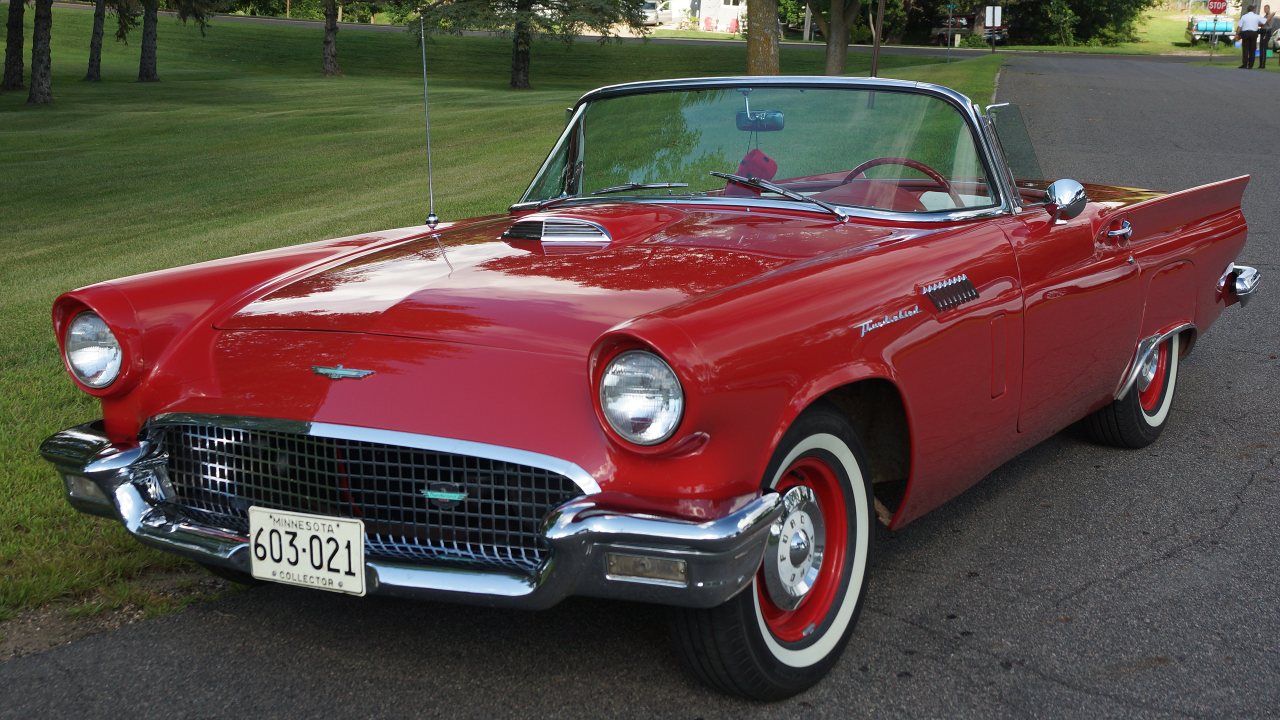
In the realm of classic cars, safety features have evolved significantly over the decades. One of the most glaring omissions in many vintage vehicles is the lack of seatbelts and airbags. During the early and mid-20th century, manufacturers prioritized aesthetics and performance, often overlooking safety. Cars like the 1955 Ford Thunderbird were equipped with metal dashboards and rigid steering columns, which proved to be perilous during collisions. Modern vehicles, in contrast, come with an array of safety features that are standard, including airbags and crumple zones, which aim to protect passengers more effectively in the event of an accident.
Another outdated safety feature found in classic cars is the use of drum brakes. While drum brakes were the norm in vehicles from the 1930s to the 1960s, they have been largely replaced by disc brakes, which offer superior stopping power and reliability. Disc brakes provide a more consistent braking experience, are less prone to overheating, and perform better in wet conditions. The shift from drum to disc brakes reflects the industry’s ongoing commitment to improving vehicle safety and performance standards.
Outdated Technology

Classic cars often relied on technology that, by today’s standards, seems inefficient and cumbersome. The carburetor, for example, was once essential for mixing air and fuel for internal combustion engines. However, carburetors have been replaced by fuel injection systems, which provide better fuel efficiency, lower emissions, and improved engine performance. Fuel injection systems are now standard in modern vehicles, offering precise control over the air-fuel mixture and adapting to various driving conditions with ease.
Another relic of the past is the manual choke, a feature that required drivers to manually adjust the air-fuel mixture to start their engines, especially in cold weather. This task, once a routine part of driving, has been rendered obsolete by modern engines equipped with automatic chokes or electronic fuel injection systems. The convenience of not having to manually manipulate a choke lever is a testament to the advancements in automotive technology that prioritize driver comfort and vehicle efficiency.
Environmental Considerations
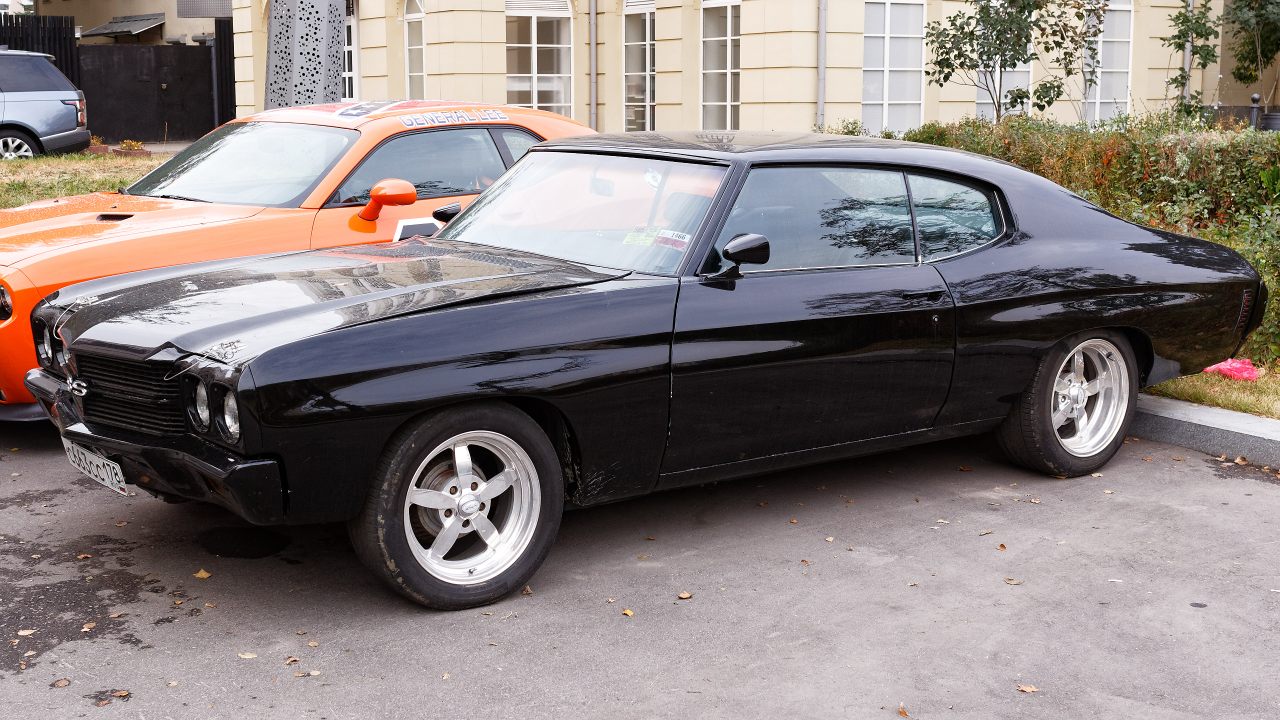
The environmental impact of classic cars is a significant factor that underscores their impracticality in today’s world. Many vintage vehicles were designed to run on leaded gasoline, which has since been banned in many countries due to its harmful environmental and health effects. Leaded fuels contributed to air pollution and posed a risk to human health, leading to the adoption of unleaded gasoline and the development of cleaner, more sustainable fuel alternatives. This transition reflects a broader commitment to reducing the automotive industry’s environmental footprint.
Furthermore, classic cars are often notorious for their poor fuel economy. Models like the 1970 Chevrolet Chevelle SS, while iconic, guzzled fuel at an alarming rate compared to modern standards. With the current focus on eco-friendly and fuel-efficient vehicles, the gas-guzzling nature of many classic cars is increasingly at odds with contemporary values. The push for hybrid and electric vehicles further emphasizes the shift away from the inefficient fuel consumption of the past.
Comfort and Convenience
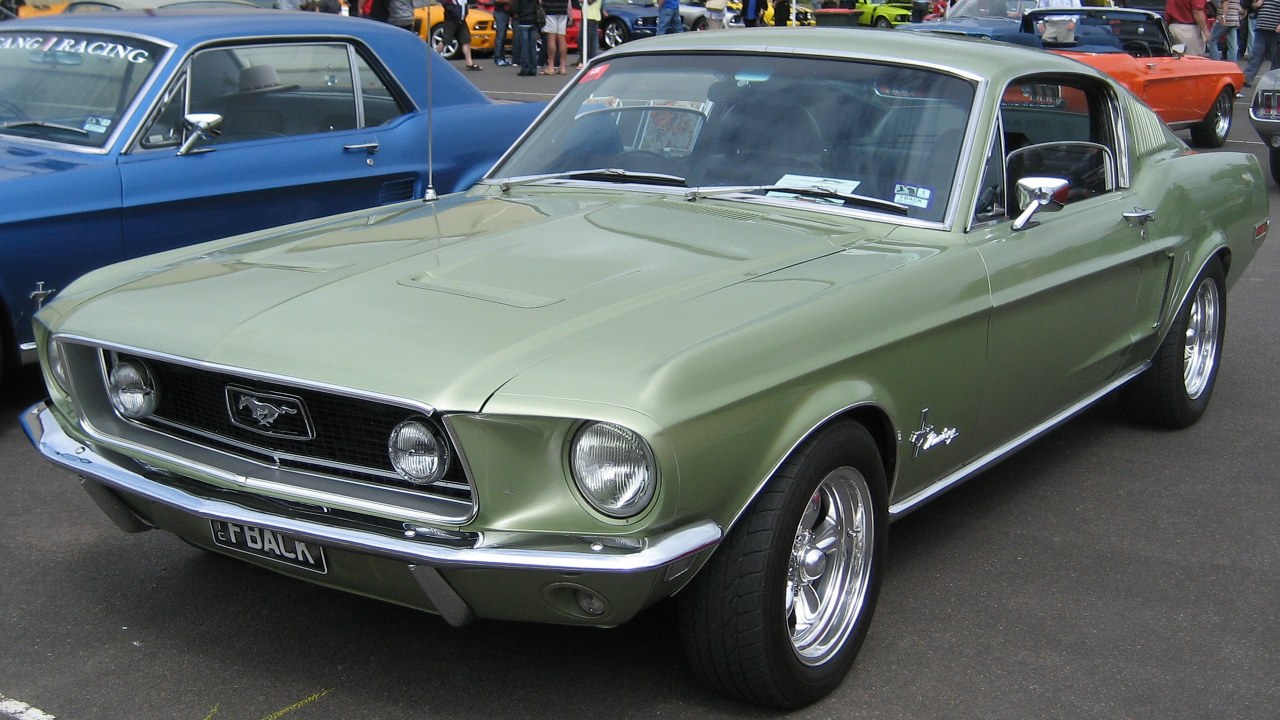
Comfort and convenience are areas where classic cars often fall short when compared to modern vehicles. Non-adjustable seats were common in older cars, offering little in terms of customization or ergonomic support. Unlike today’s vehicles, which feature seats that can be adjusted in multiple ways to enhance driver and passenger comfort, classic cars often required occupants to compromise on seating positions. This lack of adjustability may have been acceptable in the past, but it is far from ideal for today’s comfort-oriented drivers.
Another comfort feature that was lacking in many classic cars is air conditioning. Many vehicles, such as the 1968 Ford Mustang, were built without any form of climate control, making them uncomfortable in hot or humid weather. Today, air conditioning is a standard feature in vehicles, providing a level of comfort that was unimaginable in the early days of automotive design. The absence of air conditioning in classic cars highlights the evolution of consumer expectations and the automotive industry’s efforts to meet those demands.
Mechanical Complexities
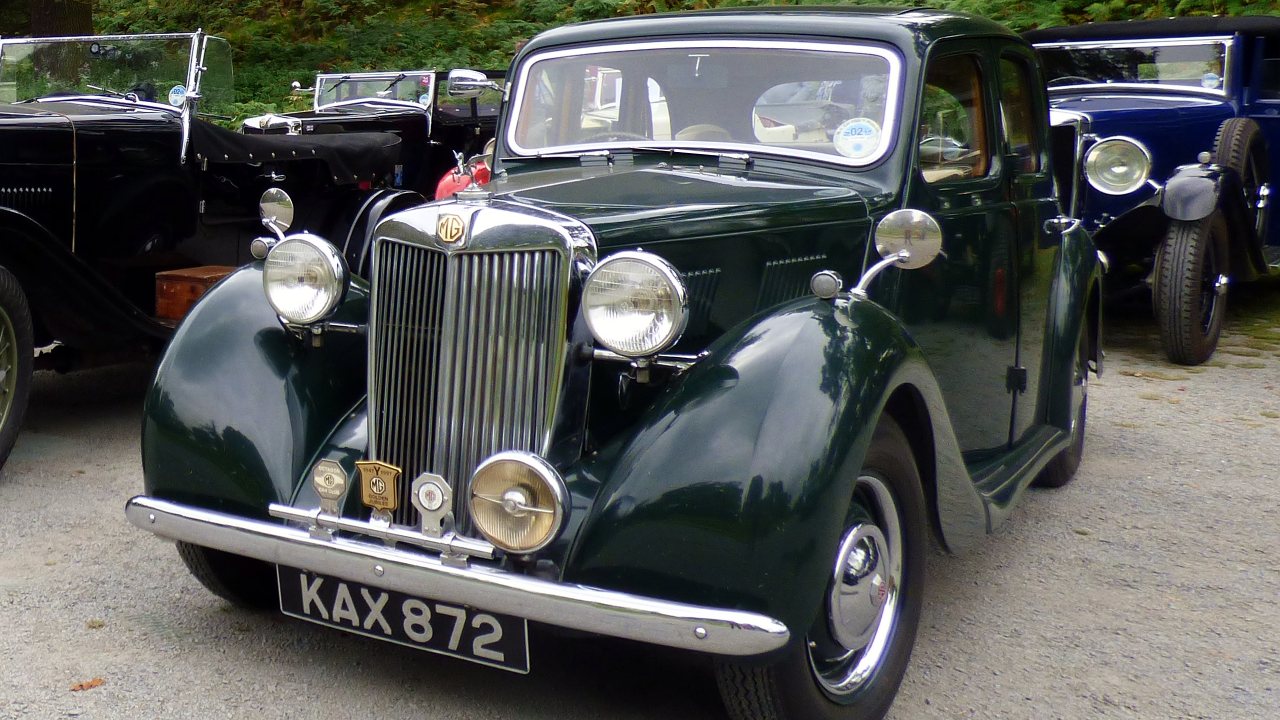
Classic cars often feature mechanical systems that, by today’s standards, can seem cumbersome and unnecessarily complex. Manual crank windows, for example, were once a standard feature, requiring drivers and passengers to physically crank a handle to raise or lower the windows. While this might evoke a sense of nostalgia, it pales in comparison to the effortless convenience of power windows found in modern vehicles. The transition to power-operated systems reflects the industry’s drive toward enhanced usability and comfort.
Another mechanical complexity of classic cars is the non-synchronized transmission. Early transmissions lacked synchronizers, necessitating techniques like double-clutching to shift gears smoothly. This skill, once essential for drivers of cars like the 1950s MG T-Series, is largely unnecessary today, as modern vehicles are equipped with synchronized transmissions or automatic gearboxes that simplify the driving experience. The evolution from non-synchronized to synchronized transmissions underscores the automotive industry’s focus on improving ease of use and accessibility for drivers.
In exploring these outdated features, it becomes evident that while classic cars are cherished for their nostalgia and charm, many of their once-revolutionary features are now impractical. The automotive industry has made significant strides in safety, technology, environmental impact, comfort, and mechanical simplicity, paving the way for the advanced vehicles we see on the roads today.
Like Fast Lane Only’s content? Be sure to follow us.
Here’s more from us:
*Created with AI assistance and editor review.

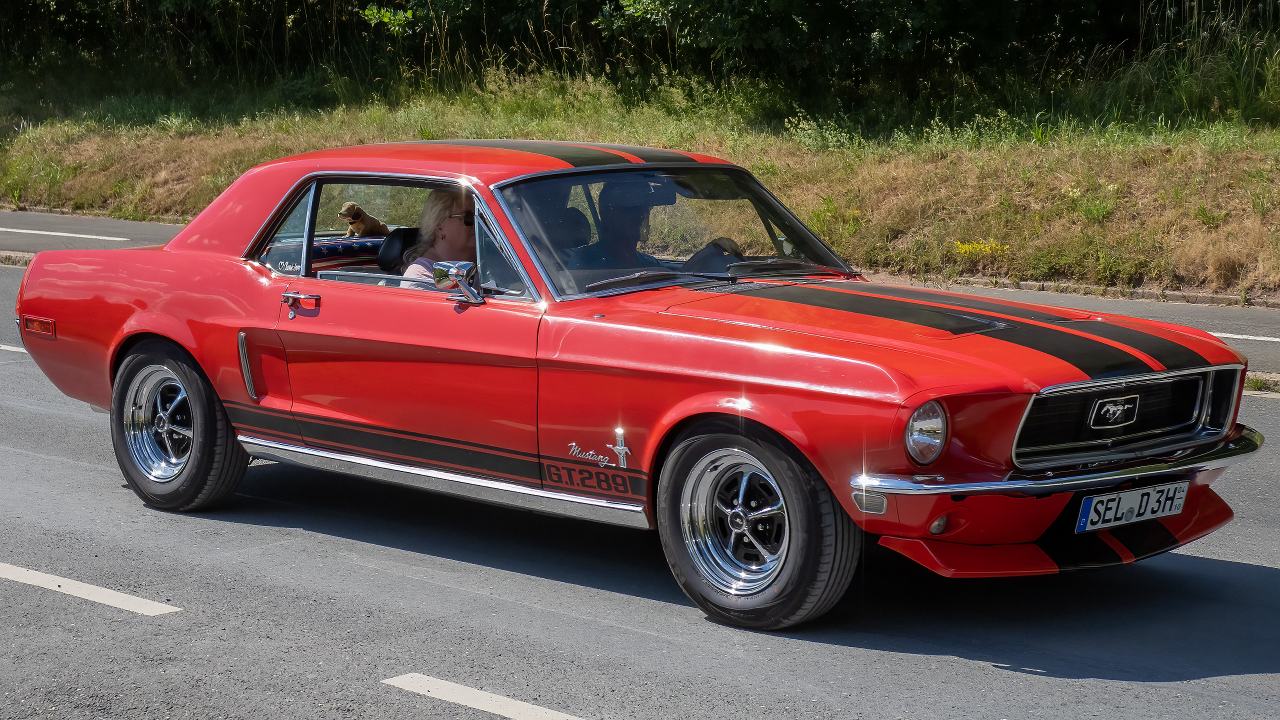

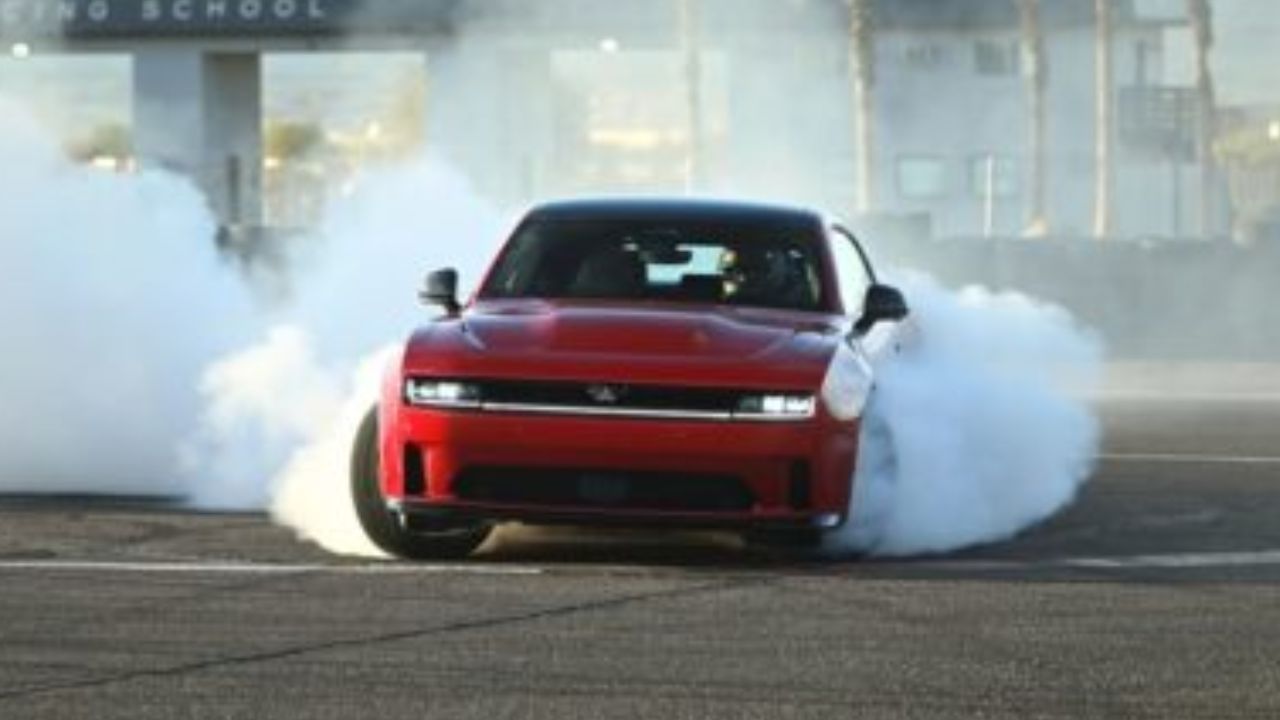

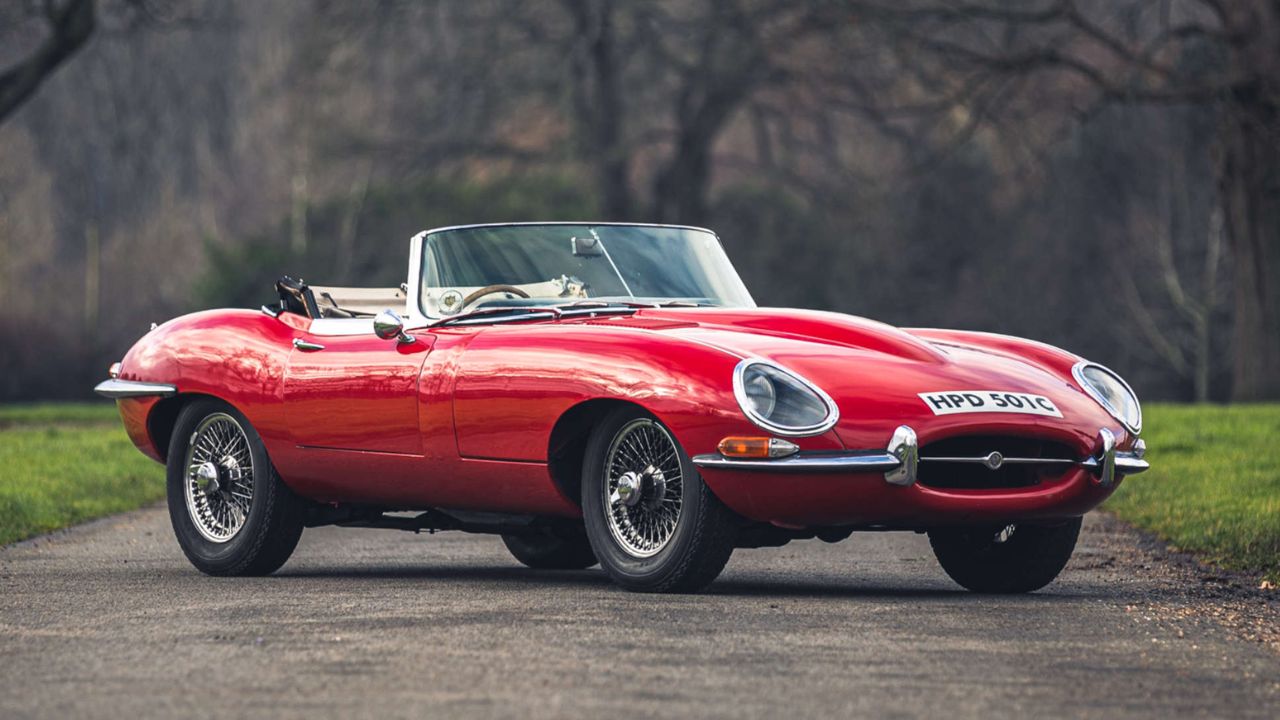
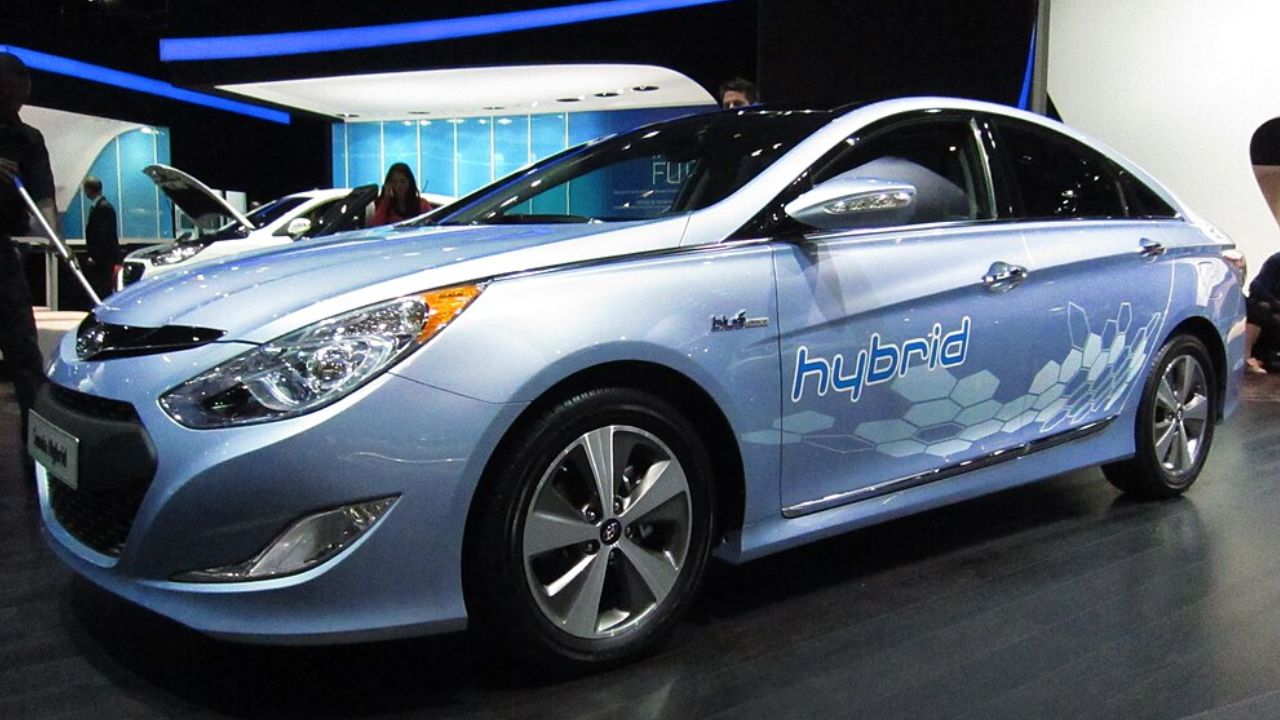
Leave a Reply